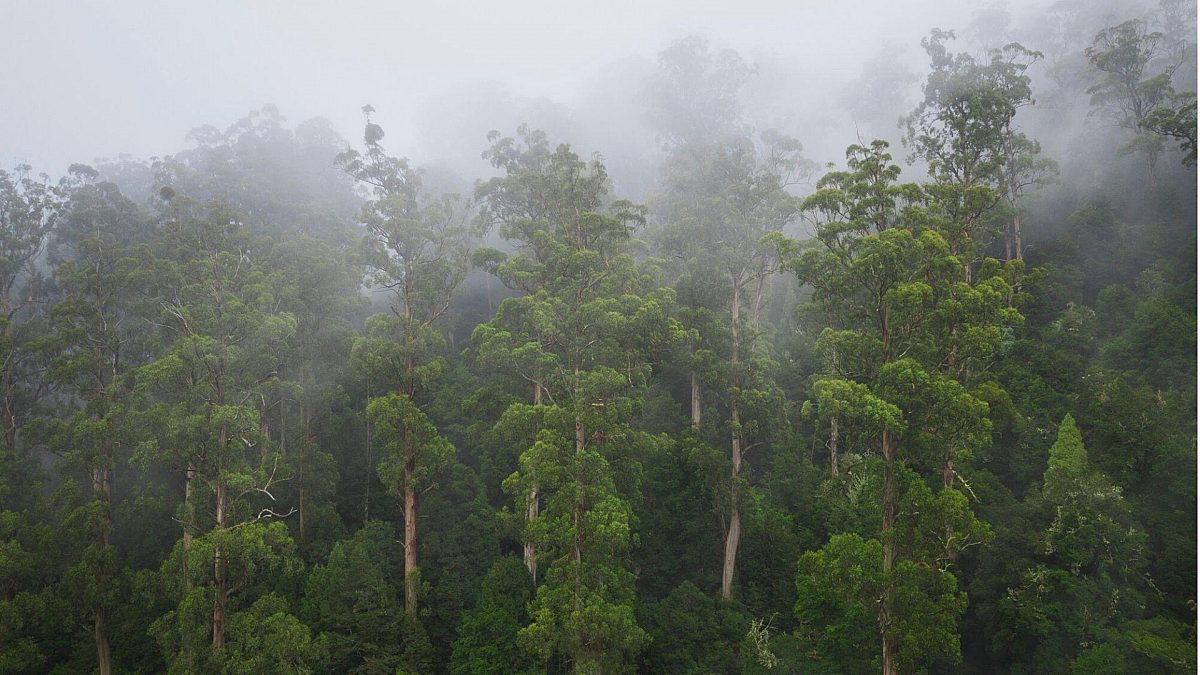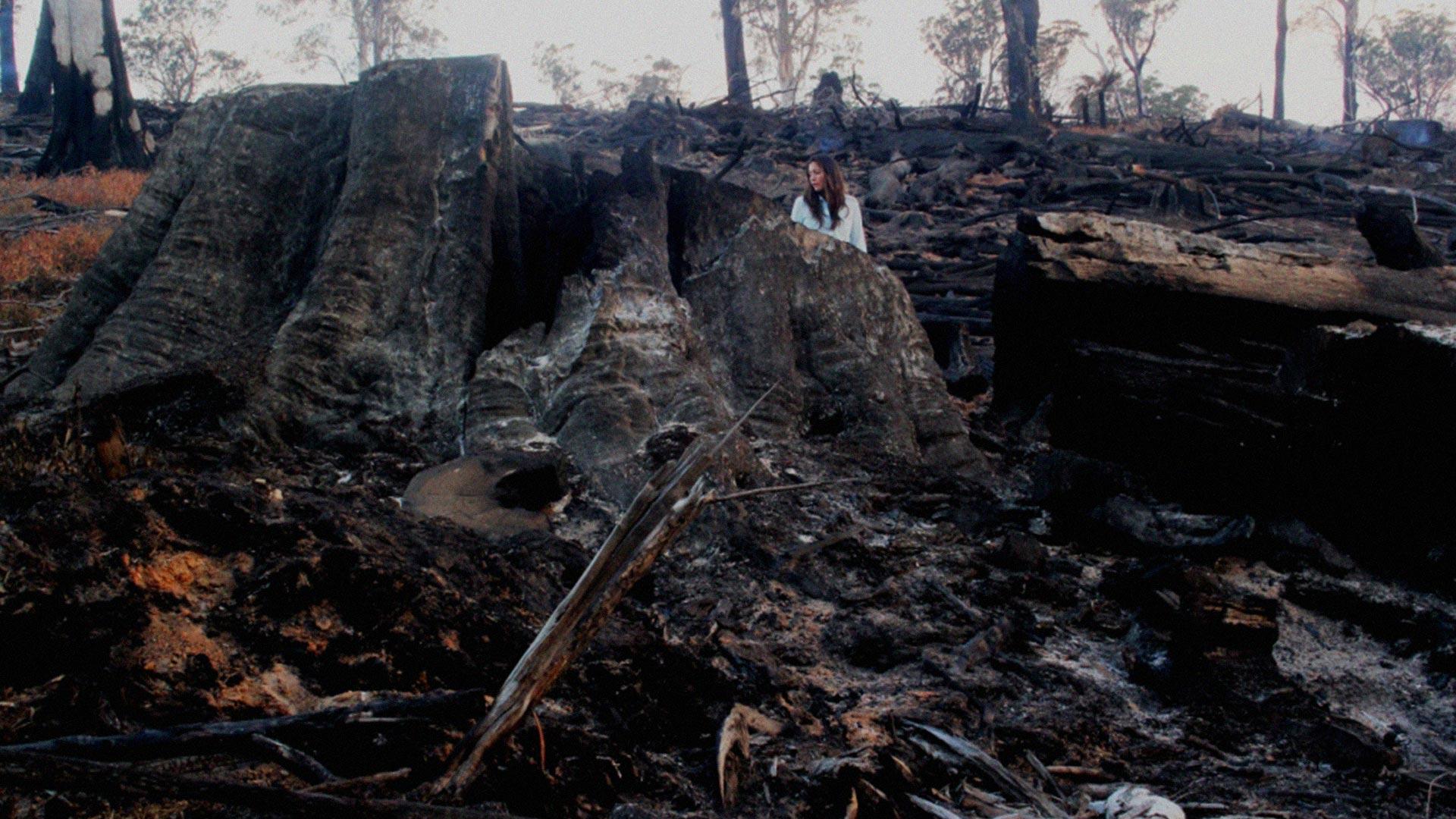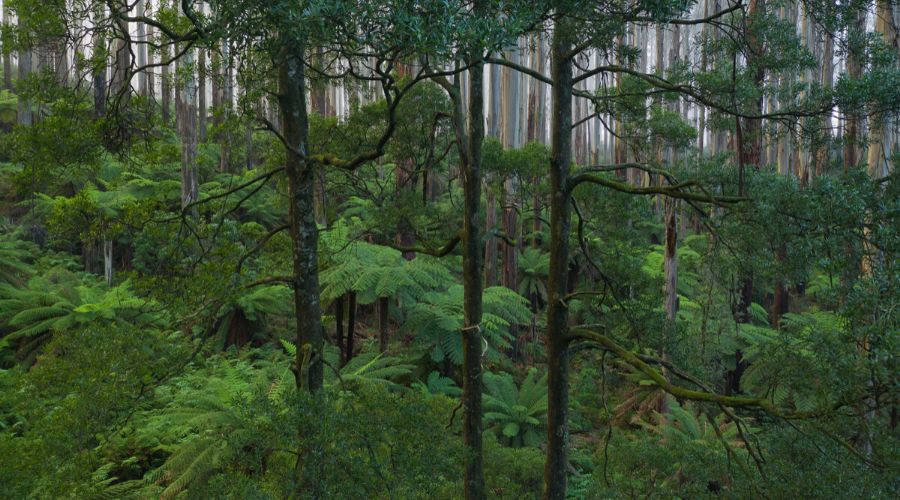
Legislation to Change Logging Rules Explained
2022 Amendments and the Code of Practice for Timber Production in Victoria
Illegal logging to be made legal?
The Victorian Government's amended legislation has the capacity to make illegal logging lawful, through new powers giving senior bureaucrats the ability to vary particular logging rules and removing public consultation on these changes. Here, we take you through what this means.
Legislation passed 24 March 2022 gives a senior bureaucrat or an environment minister the power to vary logging laws, without public consultation.
The legislation is likely to undermine the ability of community groups and citizen scientists to hold government logging agency VicForests to account.
The Victorian government intends to change an important legal principle known as the Precautionary Principle, this change is likely to impact several community court cases brought against VicForests for alleged breaches of logging laws.

For many years, Victorian and Commonwealth governments have systematically failed to enforce compliance with environmental regulations in logging operations.
Now the Victorian Government's amended legislation has the capacity to make illegal logging lawful, through new powers giving senior bureaucrats the ability to vary particular logging rules and removing public consultation on these changes. Numerous breaches have been documented in audits conducted by the EPA and others, as well as by citizen scientists. In 2019, following community pressure and the failure of the department to prosecute offences, the Victorian government established the Office of Conservation Regulator (OCR).
Since its establishment, the willingness of the OCR to prosecute remains to be seen. There has not been any OCR-led prosecutions, despite numerous complaints by community members evidencing VicForests repeatedly breaking the rules. With governments and regulators failing to enforce compliance, a number of regional environment and citizen science groups have been forced to hold VicForests to account through the courts, for alleged illegal logging.
In May 2020, the Federal Court found a number of VicForests past logging operations had breached Victorian law, and that its future operations were also likely to be illegal—a finding which has been subsequently upheld by the courts. Eight community court cases brought by citizen science and community environment groups are ongoing.
In response to these court cases, in 2021 the Victorian government moved changes to free up wood volumes in the short term, through a weakening of logging rules (the Code of Practice for Timber Production) in relation to habitat and protection zones, and is currently proposing further changes.
What's happening
Victorian government legislation passed in parliament (March 24 2022) creates an unprecedented mechanism for an Environment Minister or senior bureaucrat to vary logging rules without public consultation.
The new legislation is expected to lead to initial changes relating to the precautionary principle, which constrains logging where there is a risk of serious irreversible harm to the environment and threatened species but lack of full scientific certainty over that risk. A rolling series of changes to the operation of the precautionary principle could then take place, at the stroke of a senior bureaucrat’s pen, without concerned citizens having a say.
This contravenes community rights to have a say on important matters that affect the environment and is essentially a tool to conveniently change the rules for state logging agency, VicForests.
What these changes to logging rules means
The legislation is expected to enable changes to the application of the precautionary principle and affect rules on logging habitat of threatened species such as Leadbeater’s possum and greater glider, as well as vulnerable forests and wildlife populations impacted by bushfires.
The Victorian government has consistently claimed changes to the Code are intended to provide clarity in application and more certainty for wood supply. While the changes allegedly will improve clarity, the government has consistently been interpreting the weakest possible application of the rules for the environment—risking vulnerable forests and threatened species at the expense of wood supply.
The legislation will initially allow changes in the application of the precautionary principle without public consultation, however the legislation also allows for other areas of the code to be subject to this mechanism, which could in future also be amended at the stroke of a bureaucrat’s pen.
These changes are expected to affect cases brought by community and citizen science groups, giving the government the ability to change the rules quickly and move the goalposts while a case is underway.

Wilderness Society position on amendments to logging rules
This legislation and logging rule changes won’t fix the ongoing destruction of high conservation value forests, make the crisis in the Victorian wood and fibre industry go away or provide certainty for businesses wishing to remove exposure to the risk of unsustainable and illegal logging.
Providing a minister or a senior bureaucrat with the ability to change environmental rules at the stroke of a pen is a worrying precedent. At a time when we should be strengthening protection of the environment and recovery of threatened species in the wake of bushfires and decades of forest mismanagement. At the very least there should be a requirement to heed scientific advice, and consider the impacts on the environment in changing any logging rules.
The Victorian government appears headed towards refining logging laws with the weakest possible interpretation for the environment, as occurred last year under the guise of clarification in a previous set of Code changes - and is lagging way behind community and market expectations of what should be occurring in public forests and the industry.